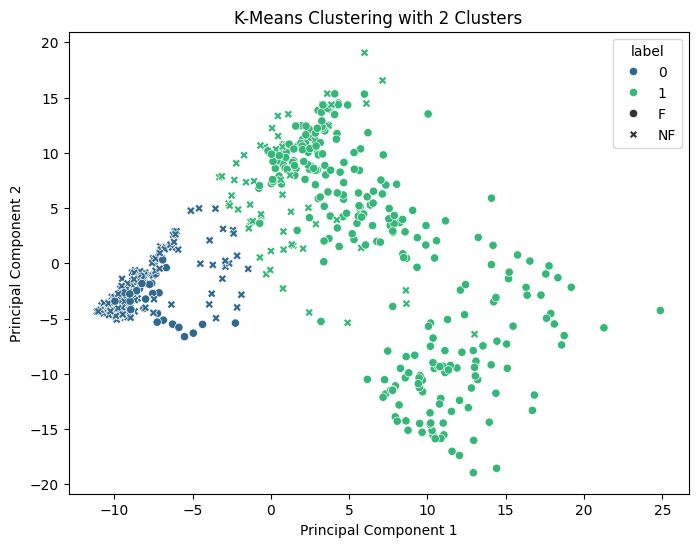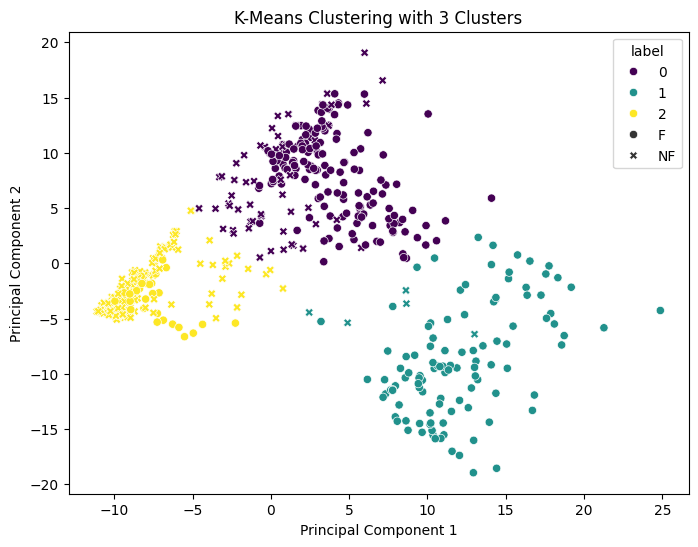Introduction
As the population ages, the need for advanced preventative healthcare solutions becomes increasingly crucial. In this context, wearable technology offers a promising avenue for proactive health monitoring, particularly for fall detection in vulnerable groups. This blog outlines a project that utilized wearable sensor data to develop a robust machine learning model for detecting fall incidents.
Exploratory Data Analysis and Clustering
The initial phase of the project involved extensive exploratory data analysis, where Principal Component Analysis (PCA) was employed to reduce the dimensionality of the sensor data. This simplification allowed for effective k-means clustering, which identified distinct groupings corresponding to fall and non-fall activities.
PCA Insights:
The PCA analysis revealed that the first two principal components captured over 80% of the variance in the data, enabling a clear visualization of the clusters. The following plots illustrate the clustering results for two and three clusters, respectively:


Key Findings from Clustering:
- Optimal Clustering: Three clusters provided the best separation, with a silhouette score of 0.65, indicating a clear distinction between data points.
- Alignment with Action Labels: There was a significant match (81.27% consistency rate) between the clusters and the original labels, suggesting that clustering can preliminarily distinguish between fall and non-fall actions.
Supervised Learning for Fall Detection
Transitioning from exploratory analysis to model building, the project evaluated two types of classifiers: Support Vector Machine (SVM) and Multi-Layer Perceptron (MLP).
SVM Classifier Insights:
- Parameters and Performance: The best SVM model used an RBF kernel with a C value of 5 and auto gamma setting, achieving a test accuracy of 89.41%.
- Strengths and Limitations: While SVM showed high recall for fall events, its precision for non-fall events was slightly lower, highlighting potential areas for improvement.
MLP Classifier Outperformance:
- Model Configuration: The MLP consisted of two hidden layers with 50 and 100 neurons, respectively, and used a tanh activation function.
- Validation and Test Success: Both classifiers performed equally well in validation; however, the MLP excelled in testing with an accuracy of 91.76%.
- Balanced Performance: The MLP demonstrated a more balanced precision-recall score, making it a more reliable choice for deployment.
Conclusion
The analysis and supervised learning phases of this project demonstrate the effectiveness of wearable sensors in real-time fall detection. The developed MLP model, in particular, showcases potential for integration into health monitoring systems, offering a valuable tool to mitigate fall-related injuries and reduce healthcare costs.